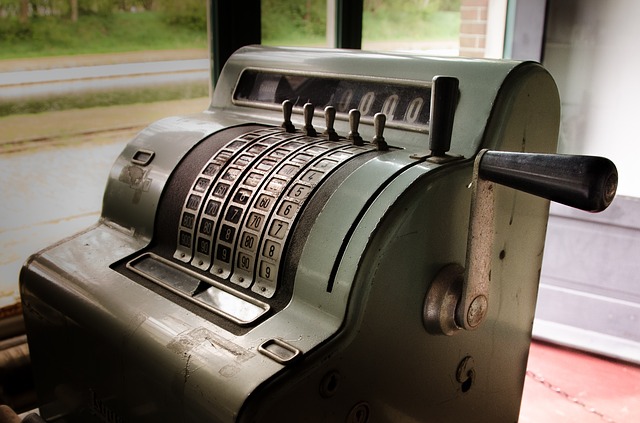 Running a small business is no easy feat, which is why as a business owner, you need as many beneficial factors on your side as possible. When it comes to growing your business, your efforts should run the gamut: from rebranding your website to to creating a loyalty program, opportunities to improve are boundless.
Running a small business is no easy feat, which is why as a business owner, you need as many beneficial factors on your side as possible. When it comes to growing your business, your efforts should run the gamut: from rebranding your website to to creating a loyalty program, opportunities to improve are boundless.
One way to improve and increase your long-term sales is to convert from a cash register to a solid point of sale system. Many times, it’s difficult for small business owners to make this transition because they’re accustomed to dealing with cash registers and afraid of dealing with the learning curve of POS. However, the slight challenges of adjusting to POS far outweigh the cash register in value. This year, make it a goal to get rid of the clunky calculating machine of the past and upgrade to a technologically savvy platform.
Understanding the Difference Between A Cash Register & POS
Both cash registers and POS systems are able to achieve the most basic use: processing cash orders. Cash registers employ a more manual change-giving system. Employees punch in the price cost, the dollar amount given, and provide the difference that appears on the screen. POS systems streamline this process using a scanner and eliminating the need for unnecessary manual inputs. Administering change is the only viable use of the cash register, but with retail now being primarily credit-based, this is largely unnecessary. Additionally, the most advanced credit card terminals aren’t compatible with traditional cash registers. To truly leverage the technology of today, having an all-around up-to-date system is important.
The Benefits of POS
Cash registers do not come equipped with the many tools POS systems do. One of the most beneficial aspects of POS is inventory management. Moving away from the paper-based record system helps business owners focus more on the marketing and managing side of the business as opposed to just keeping up with the day-to-day business operations. POS inventory management helps you understand what’s being moved, what’s available, and what you need more of. Because POS utilizes the SKU scan, you’ll be alerted when any particular item is running low, and these alerts are completely customizable.
Furthermore, POS systems offer a quicker checkout process. If there’s one thing a customer hates, it’s waiting. A survey conducted by Great Clips found that a third of customers will abandon the checkout line with no plans of returning if they are waiting in line for more than five minutes. Watching a customer walk out may not seem like a big deal, but keep in mind that these “isolated” incidents add up. Consider the amount of customers who walk out of a long line annually, and think about the purchase total of all those people combined. Then consider the long-term value of those customers who might have come back again had they had a better experience.
Choosing A POS System
Once you’ve made the decision to go the POS route, there are additional decisions you have to make, like deciding what type of POS system would work best for you and your employees. For example, if you’re interested in touchscreen POS systems, you should determine the pros and cons before making a commitment.
When choosing your system, begin by identifying your needs and making a list of goals. For instance, perhaps you want to begin an integrated loyalty program. In this case, you’d make sure your POS system supports this (many systems do). You’d also want to take note of the required hardware and how many units you’d need. This will help you determine overall costs.
Once you’ve compiled a short list of POS systems, compare them based on factors like costs, installation, and features. Speak to representatives for an idea of what their customer service teams are like, as you’ll likely have questions during the setup process.
